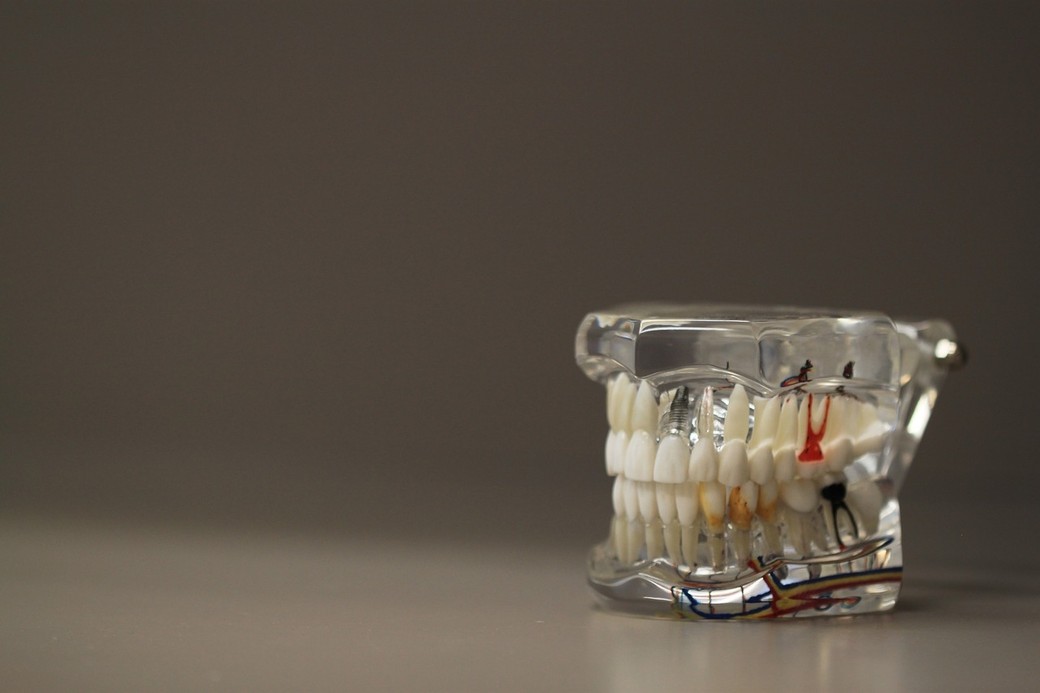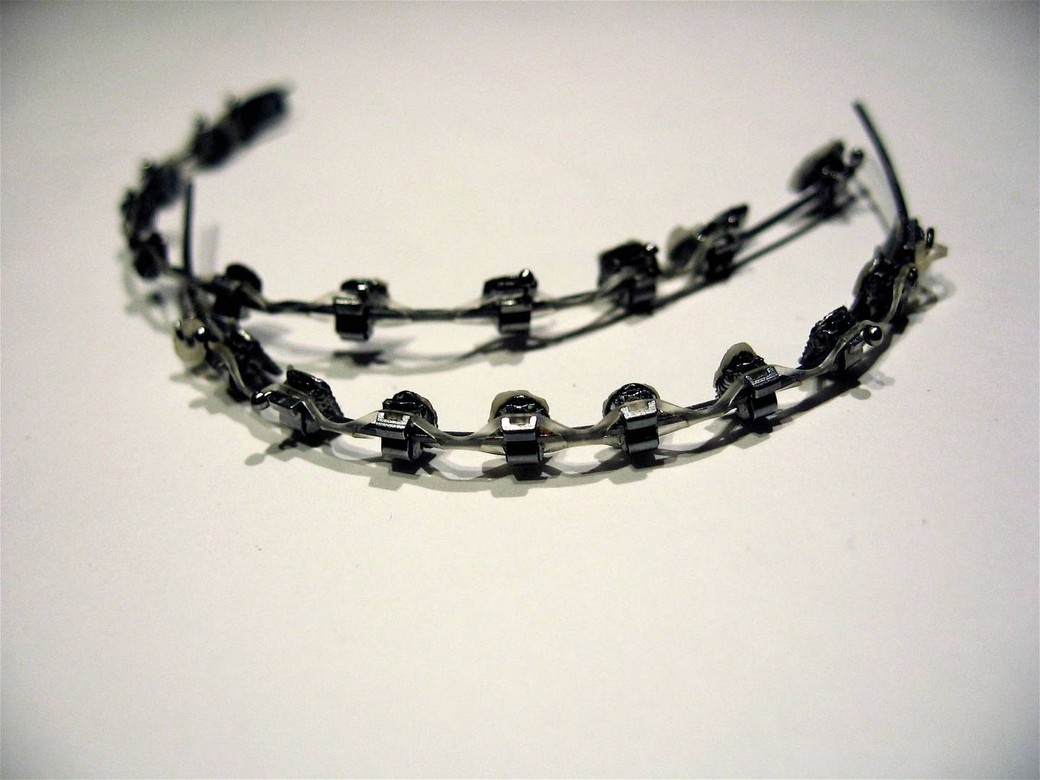
Those Pesky Wisdom Teeth
By: Dr. Samuel Kucey, DDS, FRCD(C), Dip. ABOMS
In North America, it is a rite of passage to be considered for removal of wisdom teeth, particularly in the orthodontic population. The first appearance of wisdom teeth occurs in the early teens and is complete in the late teens. Sometimes the jaw doesn’t have enough room to accommodate wisdom teeth resulting in an “impacted” tooth. Patients who have received orthodontics (straightening of teeth to the “right position”) often are prescribed for removal of wisdom teeth prior to, during, or shortly after the completion of orthodontic work to make sure that the new teeth positions remain stable in the jaw.
Some of the other problems that wisdom teeth can produce vary from minor infections or inflammation as they begin to erupt (local swelling), to more severe infections when they become trapped. Cystic changes or even tumour development in the walls of cysts may occur around many wisdom teeth that are retained for a long period of time. Some wisdom teeth start to disintegrate (resorb) or develop cavities, even before they erupt. Recent research also confirms that retained wisdom teeth contribute to increased incidents of gum disease.
DIAGNOSIS AND TREATMENT
Using patient history, clinical and x-ray examinations, the family dentist and/or the orthodontist determine and advise on retention or removal of wisdom teeth. Most commonly, patients with impacted third molars are referred to dental specialists known as oral and maxillofacial surgeons for their assessment. Oral and maxillofacial surgery (OMFS) is the oldest specialty in the dental profession. An OMFS surgeon has specific training in surgical treatment of diseases of the jaws and soft tissues of the oral cavity and the maxillofacial region. Training includes a full dental education and then five to six years in specialty training. This graduate work/residency includes medical, surgical, and anaesthesia training and dealing with the surgical care and management of post-operative complications.
Most OMFS surgeons now have digital radiology (x-rays) including ConeBeam scans in their offices, which allows close examination and determination of disease (pathology), nerve position, and allows a more intelligent treatment plan to be made, based on the position of teeth, particularly in complicated cases. Panoramic x-rays, which are widely available at dental offices are standard image of choice and most patients being assessed or requiring removal should have, at the very minimum, a panoramic x-ray.
Once an assessment has been made of the wisdom teeth and particularly if the teeth are impacted, the referral generally is made to an oral and maxillofacial surgeon at the request of the dentist, the patient, or the family physician.
Not all impacted teeth are necessarily removed. The risks and benefits have to be weighed and the patient’s general health and, as it is an elective procedure, the patient should be fully aware of the risks and benefits and agree to consent to the removal with that knowledge.
ANAESTHESIA
Many patients prefer to be unaware of the surgical procedure and OMFS offices provide all kinds of analgesia (pain control) from local to intravenous conscious sedation or general anaesthesia. In severe cases or where there are pathology and cysts, general anaesthetics are more frequently utilized. OMFS surgeons also are able to admit and treat their patients in hospital where indicated generally for day-stay treatment or overnight surgery where necessary. The Argyle Associates also have two day-stay surgery centres (SurgiCentres) in East and West Ottawa staffed by Ottawa Hospital Anaesthetists for more complex surgeries under general anaesthesia.
POST-OPERATIVE CARE
Recovery from the removal of wisdom teeth varies dependent on factors such as age, degree of impaction, or medical conditions. Generally two to three days off of normal activities is recommended as some swelling generally occurs. Potential risks and complications, however minor, are reviewed with your OMFS before surgery.
 The Argyle Associates have served the dental and medical communities and the patients of Ottawa and the Eastern Ontario region with OMFS services since 1976. They are a diverse group of fully certified seven OMFS surgeons offering a full range of OMFS services through general anaesthesia, hospital admission, intravenous sedation, digital x-rays and ConeBeam Computed Tomography (CBCT) scans.
The Argyle Associates have served the dental and medical communities and the patients of Ottawa and the Eastern Ontario region with OMFS services since 1976. They are a diverse group of fully certified seven OMFS surgeons offering a full range of OMFS services through general anaesthesia, hospital admission, intravenous sedation, digital x-rays and ConeBeam Computed Tomography (CBCT) scans.
E: www.argyleassociates.com | P: 613-837-4207
 Dr. Samuel P. Kucey founded the Argyle Associates in Oral and Maxillofacial Surgery. He is a Fellow of the Royal College of Dental Surgeons of Ontario, Fellow of the International Dental College, Diplomate of the American Board of Oral and Maxillofacial Surgery, past Chief of the Dental and Oral and Maxillofacial Surgery, Ottawa Hospital, Past President of the Canadian Associates of OMFS and Past President of the Ottawa Dental Society.
Dr. Samuel P. Kucey founded the Argyle Associates in Oral and Maxillofacial Surgery. He is a Fellow of the Royal College of Dental Surgeons of Ontario, Fellow of the International Dental College, Diplomate of the American Board of Oral and Maxillofacial Surgery, past Chief of the Dental and Oral and Maxillofacial Surgery, Ottawa Hospital, Past President of the Canadian Associates of OMFS and Past President of the Ottawa Dental Society.













